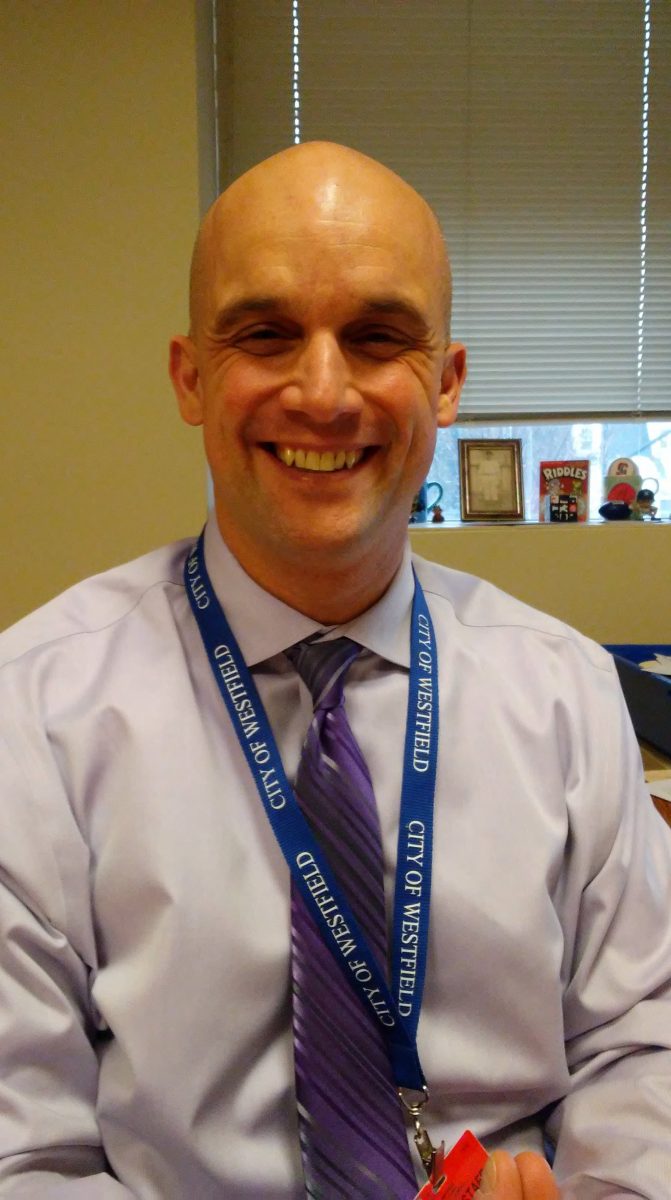
Christopher J. Rogers, administrator of student interventions and safety for the Westfield Public Schools. (THE WESTFIELD NEWS FILE PHOTO)
WESTFIELD — Student Interventions and Safety Administrator Christopher Rogers, who also administers the McKinney-Vento Title I program in the Westfield Public Schools, told the School Committee Dec. 6 that Westfield just received a new grant of $29,547 from the American Rescue Plan called the Homeless Children and Youth II grant, which can be used over the next three years to help students who are experiencing homelessness.
Rogers said this grant is especially useful because it has no restrictions.
“It gives us an opportunity to meet their basic needs,” he said, giving as an example an expansion of the schools’ current policy providing a Chromebook to every student. The grant could fund hotspot routers for families that don&rsqou;t have internet access. “This is great, because we can tailor the need to the family,” he said.
Rogers said there are approximately 40 students in Westfield schools who are considered homeless, but in the past that number has been upwards of 100, and it is constantly fluctuating.
Rogers said when people hear the word homeless, they automatically assume these are people sleeping on the street or in their cars, who don’t have a roof over their heads. The law takes a broader view. Homeless families include those who have been displaced from their home and are living with friends or family, or in a hotel or motel, or at a homeless shelter, and not always in Westfield. He said a smaller percentage of homeless students are teens who are temporarily “couch surfing” or living at a friend’s house.
“We make sure that we transport them to Westfield schools to continue their education in their school of origin,” Rogers said. He said it’s his job to make sure that students covered by the McKinney-Vento law have what they need to be on an equitable playing field with peers who are not experiencing homelessness.
“We need to make sure they have adequate access, like transportation. Also school supplies of any kind, hygiene products, books, games, toys for the younger children, and educational supplies,” he said. These supplies are paid for using federal Title I funds.
“We also work with families to connect them to resources for housing, and to assist them in getting connected for basic needs while they’re displaced,” Rogers said.
The district plans to use the new grant on additional professional development, and help meet basic needs by collaborating with external agencies to provide homeless students and families with medical, dental, mental health and other community and state services. The professional development will help increase awareness, identification and ongoing opportunities to offer support, and will be for homeless education liaisons, school administrators, counselors, enrollment, and other school staff, Rogers said.
The grant funding may also be used for extraordinary or emergency services to eligible students as necessary to enroll and retain them in school.








